Weird Tales Deep Read: July 1933
Somewhat fanciful Brundage cover for “Hand of Glory”
This is the first in a series of posts I’ve wanted to do for awhile now, a detailed look at a single issue of Weird Tales magazine where I do a short analysis of each story, the famous, the infamous, and the forgotten. Just to make things a little confusing, I rate these stories, unlike movies, on a 1-5 scale, with the lower the number, the better the story. You can look at these ratings as A-B-C-D-F, or Excellent – Good – Mediocre – Below Average – Poor.
I wanted to start with a memorable issue, so I chose the July 1933 entry, one of the best I’ve read so far. I’ll start with a short overview and then get into the specifics of each story.
This issue is at the beginning of the Unique Magazine’s (as it sometimes called itself) Golden Age (roughly the early to late 1930’s) with a total of four of the nine stories penned by what I like to think of as the Holy Trinity of Weird Tales writers, Robert E. Howard, H. P. Lovecraft, and Clark Ashton Smith. The ubiquitous Seabury Quinn is also present with one of his ninety-three Jules de Grandin stories, along with tales by early giants of science fiction Edmond Hamilton and Jack Williamson. Sheridan Le Fanu contributes a classic reprint. The final story is by Harold Ward, a fairly prolific pulp writer noted for complicated plots often bordering on the incoherent.
The Howard story is one of his slightest, but moderately effective. The Smith, set in what is probably the first shared-world universe in science fiction — the Cthulhu Mythos — is also rather slight, but vastly more imaginative. The Lovecraft story under his byline is one of his classic Cthulhu Mythos tales. His second story in this issue appears under the name of Hazel Heald, which requires a bit of explanation.
[Click the images for weird-sized versions.]
Heald was one of his clients who supplied stories or plot ideas, which Lovecraft then edited to one extent or another. This particular one was essentially ghostwritten by HPL, who was paid a fee by Heald, who then kept the money received from its sale. The Hamilton offering is straight science fiction. The Williamson is the issue’s sole serial (many issues had two, or even three serials). The LeFanu reprint from 1869 is a worthy story of malign influence. The Ward is the best among the handful of his that I’ve encountered, though the least effective entry in this issue.
Some stats: 100% (9/9) had fantasy or sf elements. All were set in contemporary times, though the Smith also took place partially in the far past, and Le Fanu’s contemporary setting was actually the 1860’s. Five of 9 (56%) were set in the United States, 3 (33%) were set in the United Kingdom, 1 in Arabia (11%), and 1 (11%) had some scenes on an interstellar world (11%).
Following are notes on each story. I don’t like to write extensive plot descriptions, but (especially for the shorter tales) spoilers are unavoidable. Also included are a summary of themes and plot points for each story. It’s difficult to format all this stuff in a reasonable manner, but if you want you can skip the summaries and go right to the plot points in brackets at the end if you’re looking for certain topics you enjoy. This time around three stories require additional comment, which I’ll put at the end of the post.
Over-all, this issue rates 1.89, which is among the best I’ve read so far.
Seabury Quinn. (3) [Jules de Grandin] “ The Hand of Glory.” [Contemporary US: New Jersey: Harrisonville – fictional city] Well-written and historically detailed account of de Grandin vs. the Magna Mater Cult, but ultimately disappointing in that it quite vociferously toes the pagan vs Christian line with a literal deus ex machina ending. [Occult investigator. Medical doctor. Assyriologist, mad. Magic artifact, hand of glory. Magna Mater cult, evil. Illuminati, evil. Astral projection. Cat spirit, evil. Vision, revelatory. Exorcism, Christian rite.]
Edmond Hamilton. (3) “The Fire Creatures.” [Contemporary US, Hawaii] A vulcanologist explores Mauna Loa, encountering fire-beasts and a race of human-like beings. Rather imaginative concept, suffers from weak capture-escape plot. [Scientist, vulcanologist. Crypto-zoology. Lost race, non-human. Earth’s core inhabited. Human sacrifice, attempted.]
Harold Ward. (3) “The Thing From the Grave.” [Contemporary US, Urban] A judge asks for help from a psychiatrist because he’s afraid he’s being influenced by the spirit of a serial killer he’d condemned to death. Eventually he succumbs to his urges and beats a woman to death. He confesses, then suddenly dies and his body rots before the psychiatrist’s eyes. [Possession by malign spirit. Death, sudden and unexplained. Murder, random thrill killing. Unnatural decomposition of corpse.]
Hazel Heald and H. P. Lovecraft. (1) “The Horror in the Museum. [Contemporary UK: London] Narrator makes the acquaintance of a mad artist who runs a wax museum where some of the figures are the remains of once-living creatures. And some aren’t. [Artist, sculptor in wax, mad. Cthulhu Mythos, Ran-Tegoth. Death by occult entity. Animal sacrifice, dog. Human sacrifice, attempted.]
Jack Williamson. (1) “Golden Blood” [part iv/vi] [Contemporary, Arabia] Durand, a disaffected soldier of fortune, joins a shady expedition looking for the lost treasure city of Anz in the Arabian desert. He breaks with the expedition to save a native girl, Aysa, from the less than savory clutches of one of its leaders. The two flee together to Anz, where Aysa insists that Durand is the reincarnation of Iru, one-time king of the city and foe of Malikar, immortal leader of the local snake-cult. Malikar kidnaps Aysa (who basically vanishes from the plot until the climax) with the idea of making her his new high priestess, replacing Vekyra, whom he’s tired of after a couple of thousand years. Vekyra confirms that Durand is the reincarnation of Iru and claims that they were lovers and Malikar’s foes, until he was poisoned by Aysa. He spurns her love and she becomes his enemy. Durand rejoins the expedition for their assault on Malikar’s palace, but he’s in it solely to rescue Aysa. He learns that it was Vekyra who’d poisoned him because Malikar promised to make her immortal. One of the better novel-length WT serials. [Expedition, desert. Lost city. Treasure hunt. Freeze ray. Immortality by occult means. Snake cult. Reincarnation. Giant tiger and snake. Eternal lovers.]
H. P. Lovecraft.[Cthulhu Mythos] (1) “The Dreams in the Witch-House.” [Contemporary Urban US: Arkham, Mass. – fictional city/Alien world.] Miskatonic University student suffers from “brain fever,” due to overwork on non-Euclidean Calculus and quantum physics. He come under the malign influence of a witch who at one time lived in his now run-down boarding house. In the course of his studies he tries to link witchcraft to high mathematics, seeking to find a way to travel through other dimensions. He succeeds and travels in his sleep to an alien world as the witch seeks to bring him under the control of malignant entities. She tries to force him to take place in rites on Walpurgis Night which include the sacrifice of a kidnaped child. The lack of dialog in the narration adds to the sense of claustrophobia and monomania. [Dreams, revelatory. Witch. Witch’s familiar, rat-like. Sleepwalking. Inter-dimensional travel, by higher mathematics. Cthulhu Mythos, Azathoth and Nyarlahotep.]
Clark Ashton Smith (1) “Ubbo-Sathla.” [Contemporary UK: London/Far past: Earth] Student of the occult comes across a crystal once owned by a Hyperborean wizard that transports him into the distant past where he regresses in body and mind. [Devolution. Magic artifact: crystal. Magic, Hyperborean.]
Robert E. Howard (2) “The Man on the Ground.” [Contemporary, US: Texas] Man survives instantly fatal wound to kill his enemy in a gunfight. [Western tropes. Gunfight. Death, by gun. Transcended death, brief.]
J. Sheridan Le Fanu (2) “Green Tea.” [Contemporary UK: London1869] Clergyman consults a doctor who practices “metaphysical medicine” to free him of a malignant spirit in the form of a black monkey who’s been haunting him for several years. The doctor listens to him relate his story, but does nothing to treat him, thus failing in a rather spectacular manner as the clergyman ultimately commits suicide. [Haunted by malignant spirit. Medical doctor. Suicide, by razor.]
Some additional comments on a couple of these stories, starting with “Horror in the Museum.” The fact that HPL basically wrote this one on his own is confirmed in several of his letters, most clearly and concisely to Clark Ashton Smith (Oct. 28, 1932): “I’ve just ghost written a tale for a client in a fashion amounting virtually to original composition…” He essentially repeats the same line to a couple of other correspondents, but the 10-28-32 date is important because “Horror” has some startling plot points in common with a pre-code Warner horror movie entitled The Mystery in the Wax Museum (released on Feb. 18, 1933) starring Fay Wray and Lionel Atwill.
The Mystery of the Wax Museum (Warner Bros., 1933)
First, in both stories the action takes place at a somewhat seedy wax museums in London, though in the film the London museum burns down and the plot picks up a decade later in New York City. Second, both involve wax figures that are actually the preserved corpses of beings (human and otherwise) from real life. (In a further cinemagraphic call-out, HPL twice uses the phrase “For the blood is the life.” in the story.) Clearly, the horror in “Horror” is rather more cosmic than that in the film, but the coincidental similarities are rather amazing. Perhaps Lovecraft should have gone to Hollywood. Now there’s an alternate universe worth exploring.
The similarity of theme in “The Hand of Glory” and “Dreams in the Witch House” is also worthy of mention. “Hand” is not one of the better de Grandin tales, which were by many accounts the most popular series to ever run in Weird Tales. I generally like them, though de Grandin is almost as annoying as that other not-quite French detective Hercule Poirot. Also, for a town in Jersey, Harrisonville seems cosmically unlucky. In this one Quinn handles Magna Mater worship in a disappointingly prosaic manner compared to Lovecraft’s “Dreams,” which is much more imaginative and much more horrifying in both mundane and cosmic ways. Also, upon re-reading this story for the first time in, well, quite some time, I couldn’t help but notice the similarity between the ill-fated Miskatonic student’s means of travel via the “curves and angles” of space to the walking of the Pattern that Roger Zelazny utilized in his Amber novels some forty years later. Coincidence? I wish I could ask him.
Next up: Son of 19 Movies: The Good, the Bad, and the Weird Edition.
John Jos. Miller’s latest publication is “The Ghost of a Smile,” in Dreamforge Magazine #4, December, 2019 (Tangent recommended reading list 2019). Next up: “An Annotated Long Night at the Palmer House” at Wild Cards Blog, Tor.com (May 2020). www.facebook.com/john.j.miller
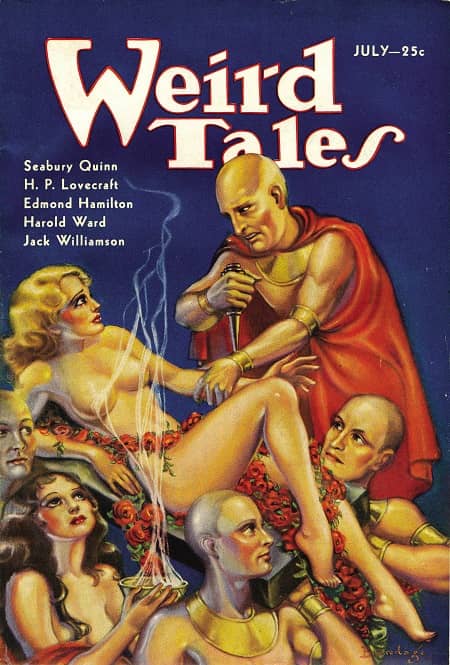
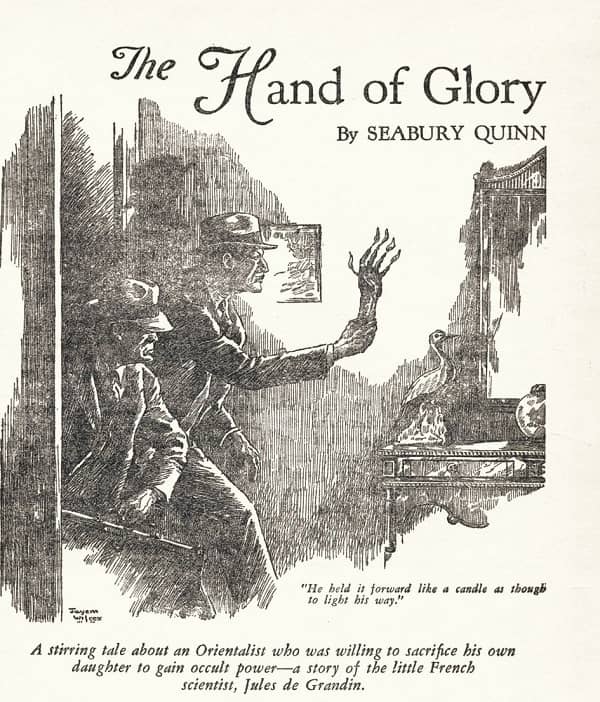
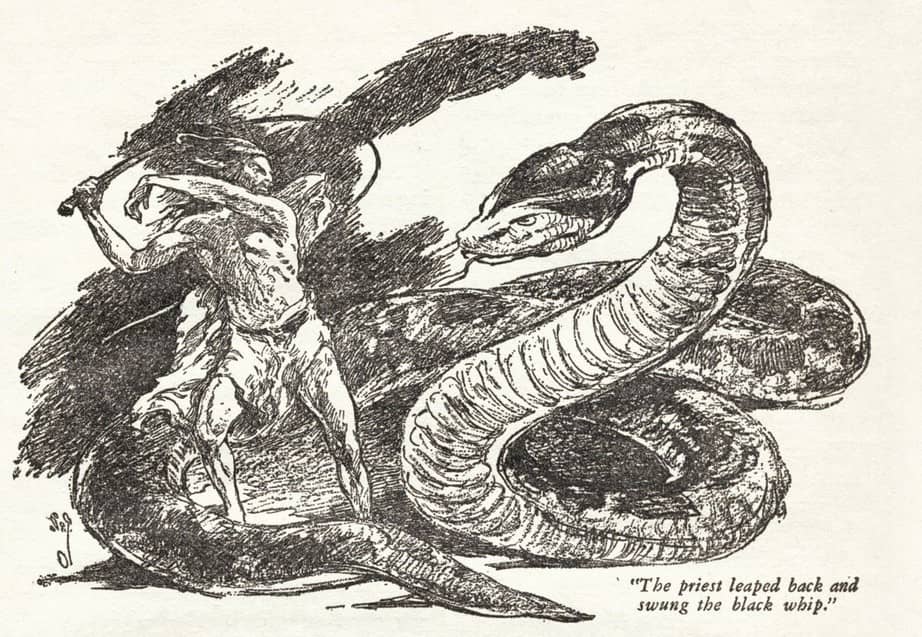
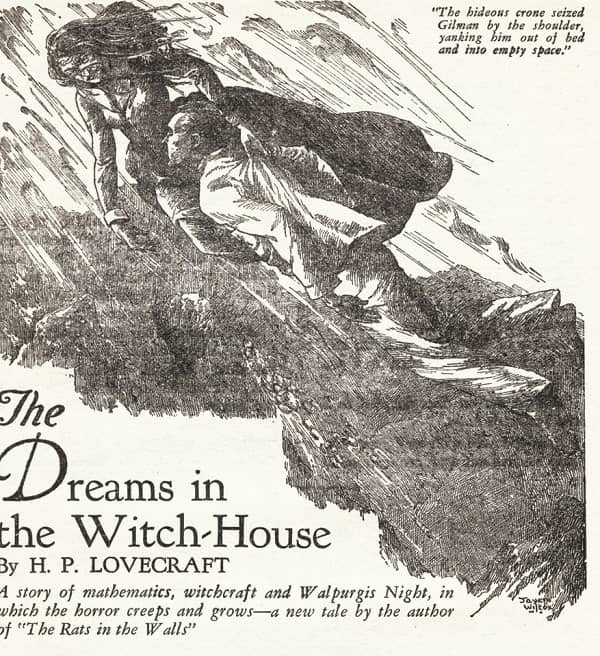
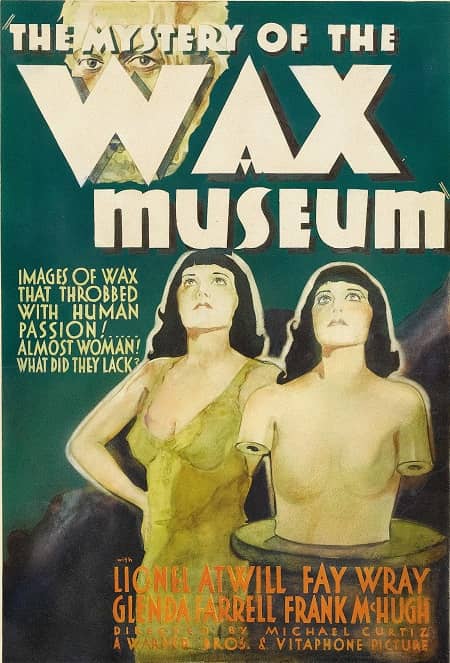
I can’t imagine Rider Haggard (if he’d still been alive) would have been too happy about ‘Golden Blood’!
AlthoughI find Le Fanu’s prose style pretty OTT, his stories often repay a closer look, especially once you know the context – apparently, ‘Green Tea’ is an early example of a story that deliberately hints at both a rational and a supernatural explanation. Either the demon plaguing the old clergyman is an hallucination, brought on by drinking too much green tea or the creature really is from hell.
There are definite call-outs, if you will, to Haggard, but every generation of writers build on the past. Some more closely than others.
Yes, good point on “Green Tea.” Looking at it from a modern perspective, it would seem that the supernatural explanation, whatever it might be, is the more rational one, because I drink a fair amount of green tea and haven’t been afflicted by monkey demons. Although I prefer it iced, so maybe that’s saved me so far.
Re Green Tea. I never really got that, either! I have a dim memory of reading how tea was a big thing in the UK initially, to the extent that there were concerns it might be addictive. So maybe green tea got particularly bad press?
I wonder if Williamson’s story was a deliberate nod to ‘She’? Given that he used the same name (more or less).
Possibly from the coffee corporate block. People were drinking a lot of weird stuff back then. I know more about the history of peculiar beverages here in the US because when I was doing archaeology I was able to date historic sites by bottle shards, and the range of drinks back then was crazy. Most of the “tonics” were more or less pure alcohol, if they weren’t composed of actual poisons and drugs like laudinum and arsenic.
Could be with the Williamson story. Parenthetically, I had only become aware of the 1935 film version of SHE last year. Highly recommended. But the strange thing with that film is that they changed the setting to the Arctic!
It got a mention on another blog I check out regularly. He described it as ‘wonderfully bonkers’. Also that Nigel Bruce played the role played by Bernard Cribbens in the better known version.
The latter had a sequel ‘He’ which I saw as a kid in a friend’s house long before its predecessor, and which led to a lot of confusion on my part when I eventually did read the book years later. I kept wondering how I’d managed to get the plot so wrong….
Good point (re tea). Never thought that coffee-producers might regard tea as a threat! (which they must have done)
My biggest take-away from the ’35 SHE is that Disney ripped it off in a big way in re Maleficent.
[…] Tales (Black Gate): I’ve wanted to do for awhile now, a detailed look at a single issue of Weird Tales magazine […]
[…] Tales (Black Gate): I’ve wanted to do for awhile now, a detailed look at a single issue of Weird Tales magazine […]